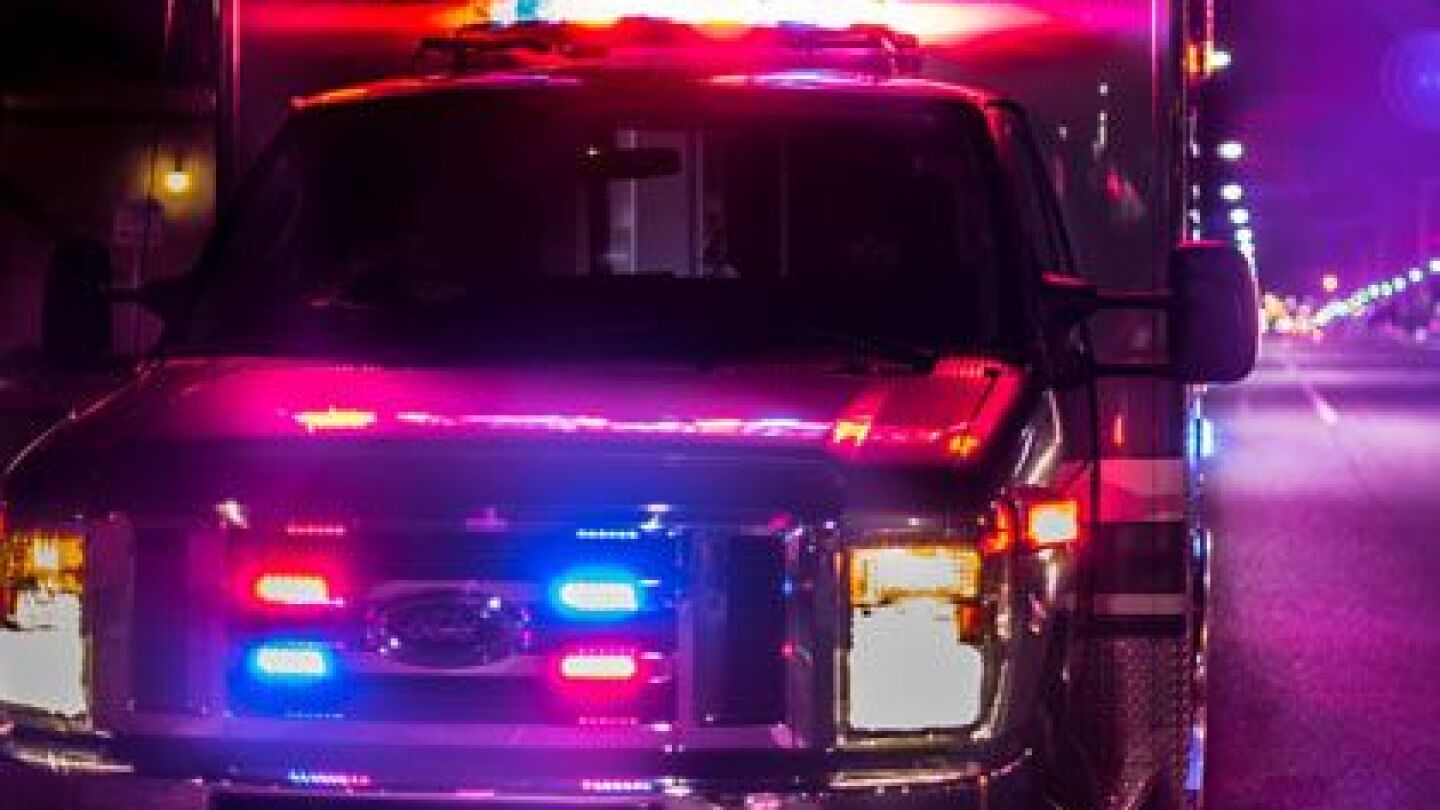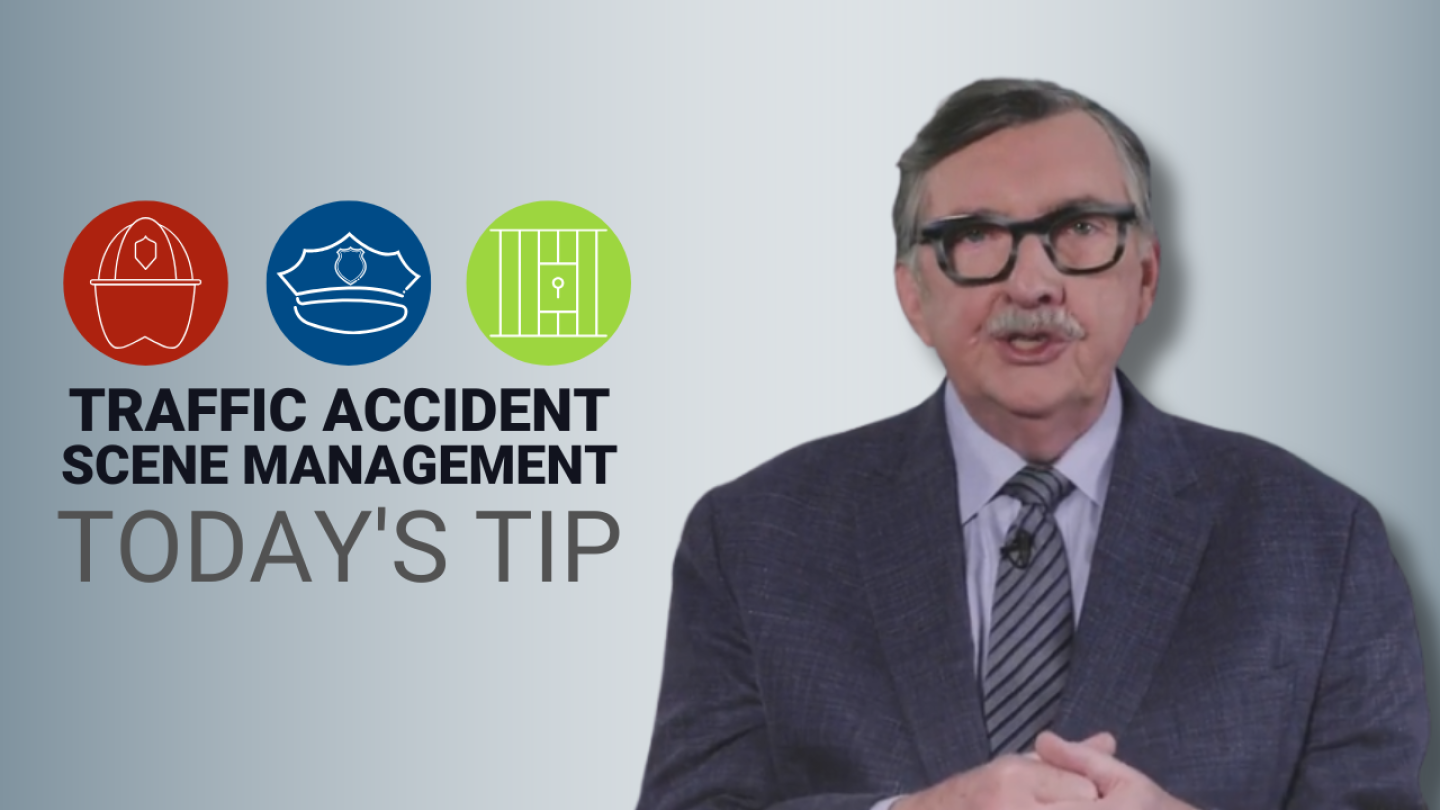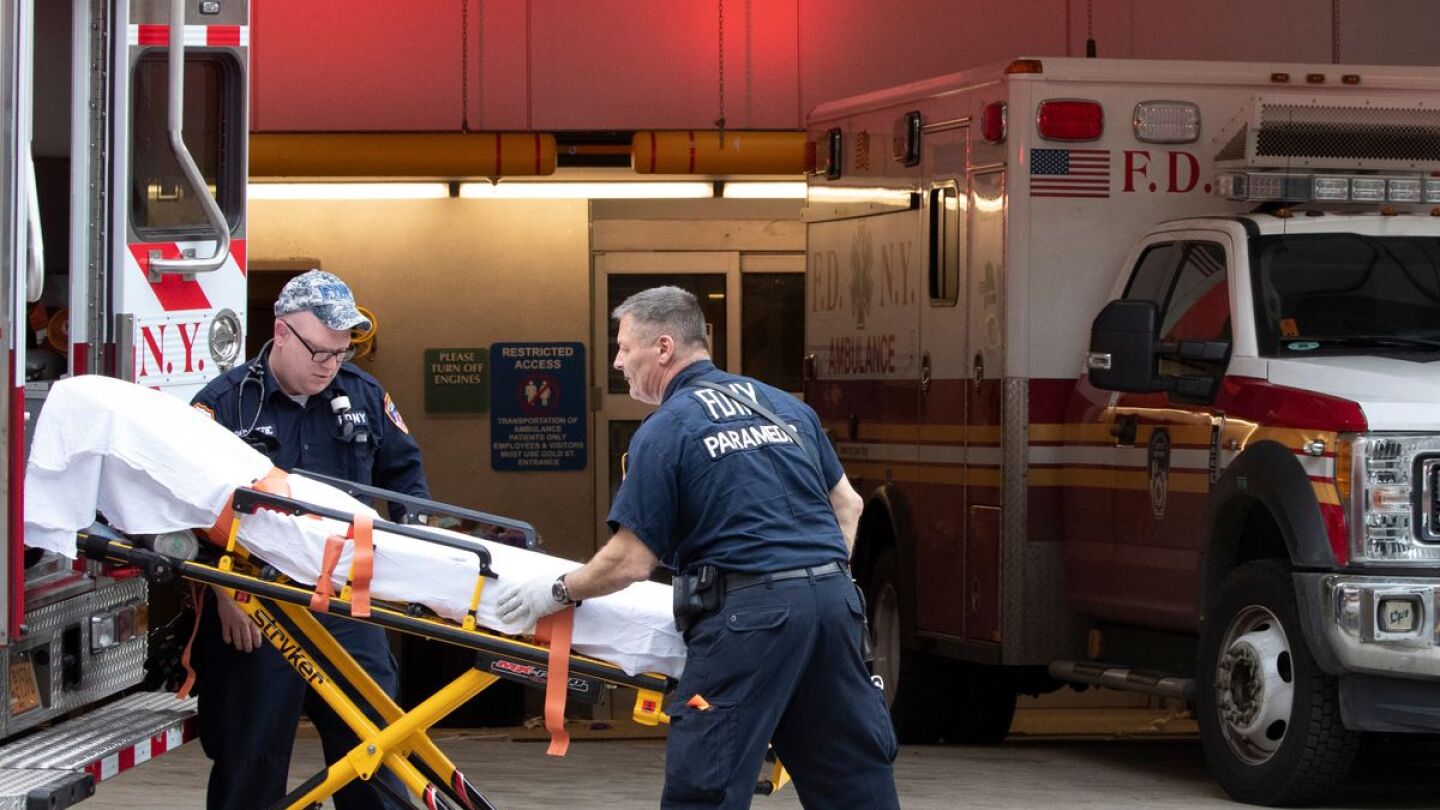EMS Training and Education
Your go-to resource for evidence-based EMS training, continuing education, instructor development and industry innovation. Find expert articles, videos, product reviews and specialized resources to support EMTs, paramedics, medical directors and educators. Stay current on instructor best practices, CEU requirements, virtual training trends, simulation strategies and educational policy affecting prehospital care.
EMS Training and Education Resources
Practical, authentic ways to show gratitude and strengthen community ties with the people who respond first when it matters most
5 tips to quickly find a patient’s radial pulse for vital sign assessment
Educating patients at the highest risk for suffering a fatal overdose
The owners of a special event standby service in Nevada offer lessons learned from the Route 91 festival shooting in Las Vegas
Educators must make continuing education compelling, not just compulsory
Examining how IM epinephrine increases treatment timing, frequency and survival
Avoid false blood pressure readings that could impact patient care. Discover the most frequent BP measurement mistakes and expert-backed techniques for accuracy.
Program aims to recruit and train 50-75 paramedics annually to strengthen workforce
Understand the causes, signs and symptoms, and prehospital treatment for kidney injury
You’re responsible for managing the crash scene; this includes what happens behind the scene as well as at the scene
A unified effort among EMS agencies, hospitals and aviation units ensures faster, lifesaving treatment
I continued my verbal assault until the patient apologized to me with tears in his eyes
The Marine Corps Commandant discusses the evolving challenges in public safety, emphasizing training, decision-making and the impact of emerging technologies
Marking 20 years in March 2025, the seminar honors Dr. F.W. Miltenberger’s EMS legacy while continuing to educate emergency responders
Rockwall EMS personnel trained on the use of the new tourniquet and whole blood in a combination of advanced hemorrhage control
The Freedom House EMT Training Academy honored its latest graduates, celebrating a program rooted in Pittsburgh’s pioneering Black-led ambulance service
Fla. county EMS receives CAMTS accreditation in mobile integrated healthcare, community paramedicine
Manatee County EMS has become the first in Florida and only the second in the U.S. to earn full accreditation under CAMTS Mobile Integrated Healthcare Standards
Steve Whitehead and Dr. David Tan discuss the EMS response to a patient who is allegedly drunk and has been seen by providers many times in the past
When the overtime pool is deep, many EMTs and paramedics will swim for as long as they possibly can
Discover how mentorship helps EMS educators thrive, with expert insights from Jonathan Jenkins and surprise guest Mike Taigman
D.C.'s fire chief says the program will help expand ALS care and strengthen the District’s EMS system
New Britain’s naloxone training and addiction support model shows promise for other communities
Discover the top CPR training providers, certification steps and must-have CPR training tools
From the 1500s until today, techniques for placing a tube into the trachea have continuously evolved and will continue to improve in the future
CPR training can prepare anyone to render lifesaving care
During a time of racial tension and social upheaval, the movement helped form the foundations of the pre-hospital care we’re used to today
Equipping citizens to put down the cell phone and save lives in an emergency
Managing high-risk/difficult refusals with the FEARS mnemonic
Four distinct events must occur in order for an anaphylactic reaction to manifest
Boost your study game, improve your field readiness, and ace your NREMT exam with these essential paramedic school supplies
These priorities ensure leaders have the tools to inspire trust, lead effectively, and guide their teams with confidence and expertise
Skilled actor patients offer a practical, impactful way to teach EMS providers respect for diversity, enhancing critical thinking, interpersonal skills and public trust
The NALS course expands the innovative Resuscitation Suite Portfolio that drives better outcomes
Our picks for public safety readers for inspiration, health, healing, leadership and escape
An easy patient assessment activity you can incorporate in any classroom
Learn how implicit bias is shaping (and harming) the care we give to female patients






































